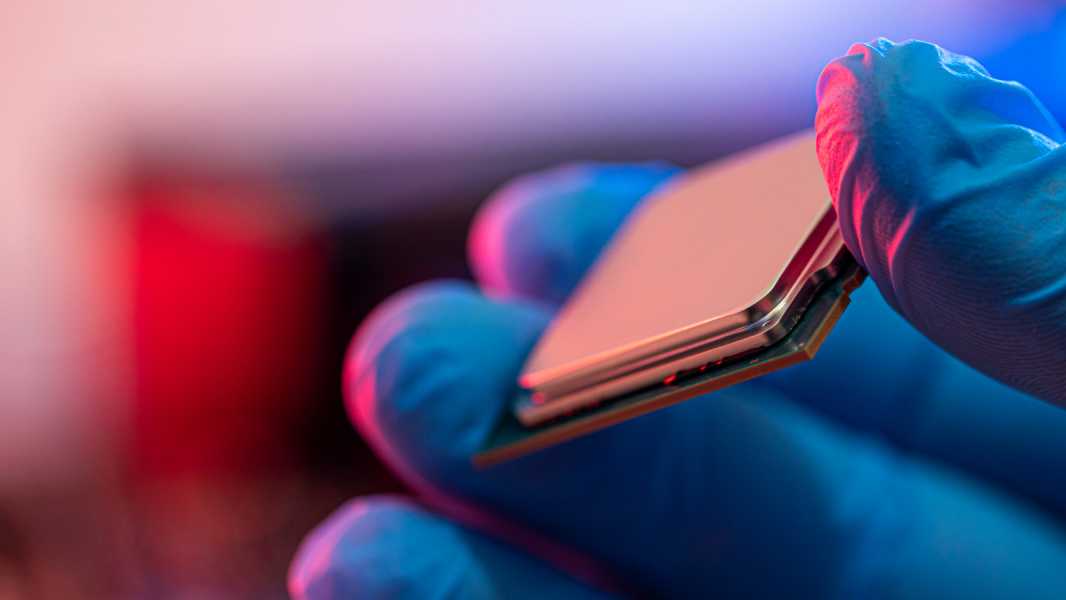
Researchers in a new study claim that 2D transistors made from bismuth are less brittle and more flexible than those made from traditional silicon. (Image credit: mailsonpignata/500px via Getty Images)
A team of scientists in China has reported the creation of a new silicon-free transistor that could dramatically improve performance while reducing power consumption. They say the discovery marks a new stage in transistor research.
The researchers claim that this new transistor could be incorporated into chips that could in future be 40% faster than the best silicon processors made by US companies such as Intel, the South China Morning Post (SCMP) reports.
Despite this significant increase in power, the researchers also claim that such chips will consume 10% less energy. The scientists presented their results in a recent study published Feb. 13 in the journal Nature.
Lead author of the paper, Peking University (PKU) chemistry professor Hailin Peng, told SCMP: “If chip innovation based on existing materials can be considered a 'shortcut', then our development of transistors based on 2D materials is like a 'lane change'.”
New type of transistor without silicon
The scientists say the increased efficiency and performance are due to the chip’s unique architecture, specifically a new 2D silicon-free transistor they developed. This transistor is a gate-all-around field-effect transistor (GAAFET). Unlike previous leading designs, such as the fin field-effect transistor (FinFET), the GAAFET surrounds the source with the gate on all four sides, rather than just three.
At its most basic level, a transistor is a semiconductor device found in every computer chip. Each transistor has a source, gate, and drain, which allows it to act as a switch.
The gate is the element that controls the flow of current between the source and drain terminals and can function as a switch and amplifier. Surrounding this gate around all sides of the source (or sources, as some transistors may contain several) – as opposed to three, as in conventional transistors – results in potential improvements in both performance and efficiency.
This is because a completely surrounded source provides better electrostatic control (since energy losses due to static discharges are reduced), as well as the possibility for higher drive currents and faster switching times.
While the GAAFET architecture itself is not new, what is new is the PKU group's use of bismuth oxyselenide as a semiconductor and their use of it to create an “atomically thin” 2D transistor.
The scientists added in their study that 2D bismuth transistors are less brittle and more flexible than traditional silicon ones. Bismuth provides higher carrier mobility — the speed at which electrons can move through it when an electric field is applied. It also has a high permittivity — a measure of a material’s ability to store electrical energy — which helps improve transistor efficiency.
If that transistor is integrated into a chip that is faster than chips made in the U.S. by Intel and others, it could also allow China to overcome current restrictions on purchasing advanced chips and take advantage of U.S. chip manufacturing capabilities by switching to an entirely different manufacturing process.
Editor's note: This article was first published on March 24, 2025.
TOPICS China
Sourse: www.livescience.com





